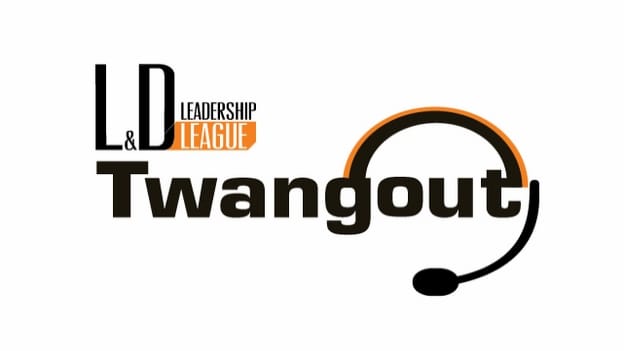Engagement directly proportional to productivity- Myth or a Reality?

A disengaged employee can be highly contagious. Organizations today have understood the need to actively engage their workforce because it makes good financial sense. Overlooking the value of employee engagement can prove to be highly detrimental for any organization. According to Gallup’s “State of the American Workplace” survey 2013, actively disengaged employees cost the U.S. between $450 billion to $550 billion each year in lost productivity.
In the latest People Matters Twangout session, in collaboration with Centre for Creative Leadership (CCL), Anand Pillai, Senior EVP & Chief Learning Officer, Reliance Industries Limited, addressed the notion whether employee engagement is directly proportional to productivity. Sharing his professional experiences, he validates the authenticity of this notion. The session was moderated by Sunder Ramachandran, Senior Manager - Training Academy at Jardine Lloyd Thompson.
Setting the tone of the session, Pillai shared some interesting statistics on what drives employees to work and what drives them away. Sharing the result of a survey they conducted, he highlighted that the office environment instigated 45 per cent surveyed employees to work. The interesting part of this data was that a major chunk of this surveyed employees were bachelors and spinsters and they preferred working in office and staying back late because they didn’t have ACs at their home. The cool office environment drove them to work.
He also highlighted that the disconnect with work was the key reason for employees exiting an organization. Sharing a Gallup study, Pillai highlighted the fact that there is a strong correlation between people who are satisfied with their personal lives and their engagement levels. Actively disengaged employees can severely undermine all the achievements of their actively engaged colleagues. Therefore, he believes that it’s absolutely imperative for organizations to go beyond employee engagement and focus on employee delight.
Understanding the reasons for disengagement is one of the first and most crucial steps for any organization to weed out negative disengagement energy. According to Pillai, the 5 key reasons for disengagement are:
1. There are no set expectation levels in the beginning.
2. Under-utilizing the full potential of the workforce
3. Inability to provide proper feedback; be it negative or positive.
4. Lack of opportunities to learn and grow. It’s usually the younger workforce that seeks such opportunities.
5. Organizations lacking a sense of caring.
Managers play a very crucial role in maintaining the engagement levels of their employees. For any employee, his manager is the face of the organization. He might be working for one of those “great places to work” organizations, but even he might suffer from low engagement levels if his reporting manager lacks proper managerial skills. Therefore, it’s absolutely imperative for an organization to train their managers to understand their subordinates, provide an ideal work environment for them, acknowledge their success and help them chart their growth.
Pillai believes that managers need to be trained to bond effectively with their employees and strike a formal conversation in an informal setting and vice versa. As a manager, one can strike a formal conversation with your employees while enjoying a tea-break at the cafeteria. This helps the employees develop a strong connect with the boss. Therefore, it’s essential for organizations to have open spaces in and around offices. “As HR professionals, we should try and build the human side of the enterprise and bring out the “H” in HR,” he averred.
Key takeaways:
1. Organizations should go beyond employee engagement and focus on employee delight.
2. Salary is not among the top 5 engagement parameters; opportunity to learn and grow is the key engagement driver.
3. Managers need to appeal to the human side of their employees, engage them in informal conversation and establish an equation outside office as well.
4. Let recognition be on the spot, rather than being an annual process. A pat on the back does not have to wait until the end of the year. Praise employees publicly, even if their performance level is not upto mark. Place a crown on their heads and let them grow into it.
5. Although engagement should be an ongoing process, re-joining phase, the first 90 days after joining and the post-appraisal phase are the three key phases where organizations should focus most of their engagement energy.
6. Technology tools should be used to beef-up the engagement process. However, technology should not replace one-on-one interaction.













